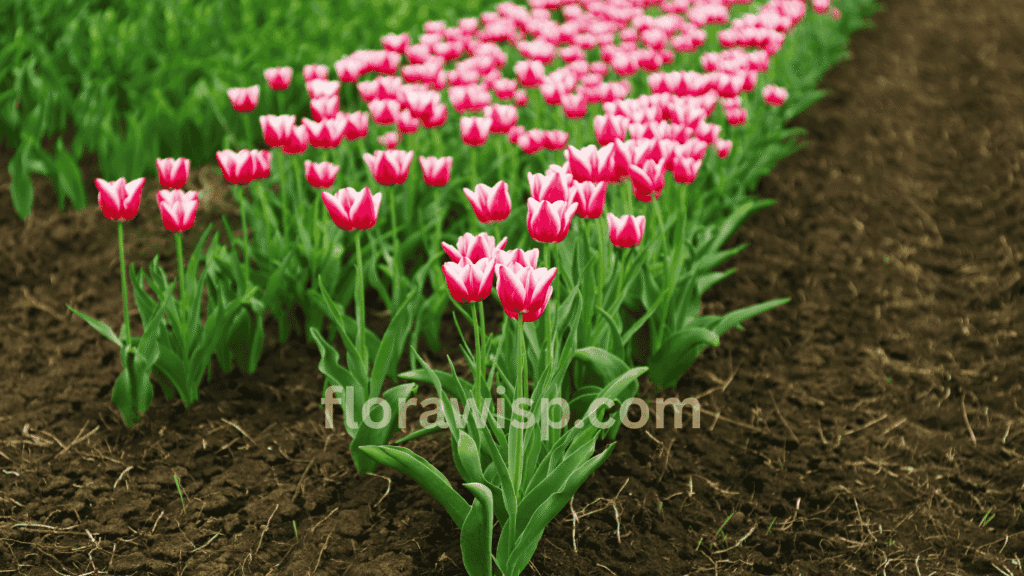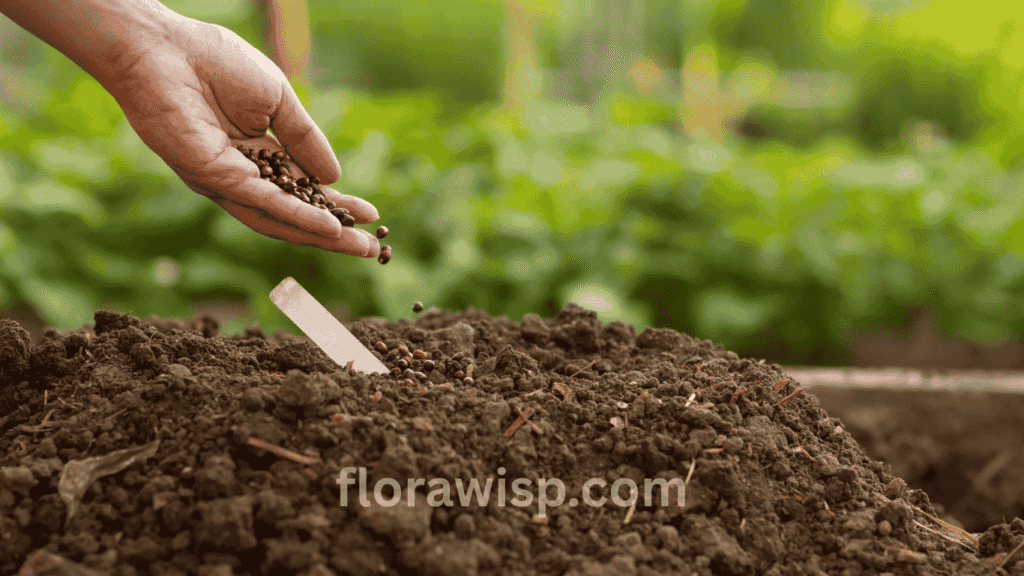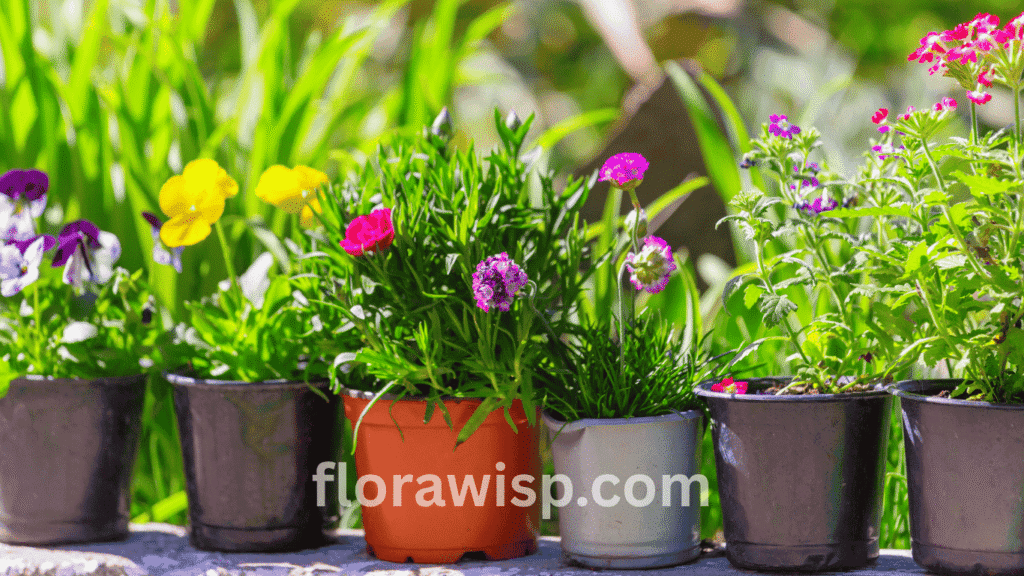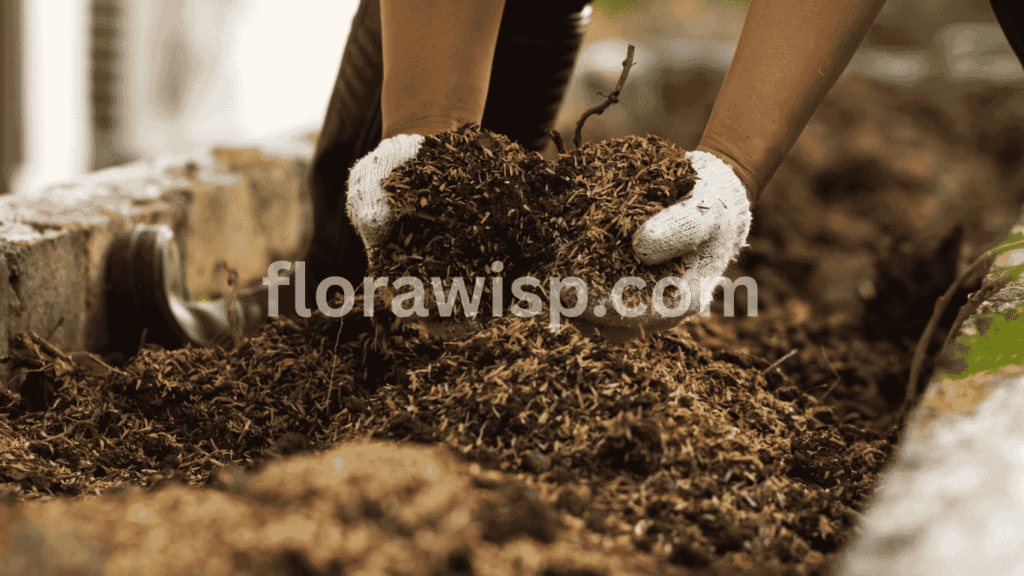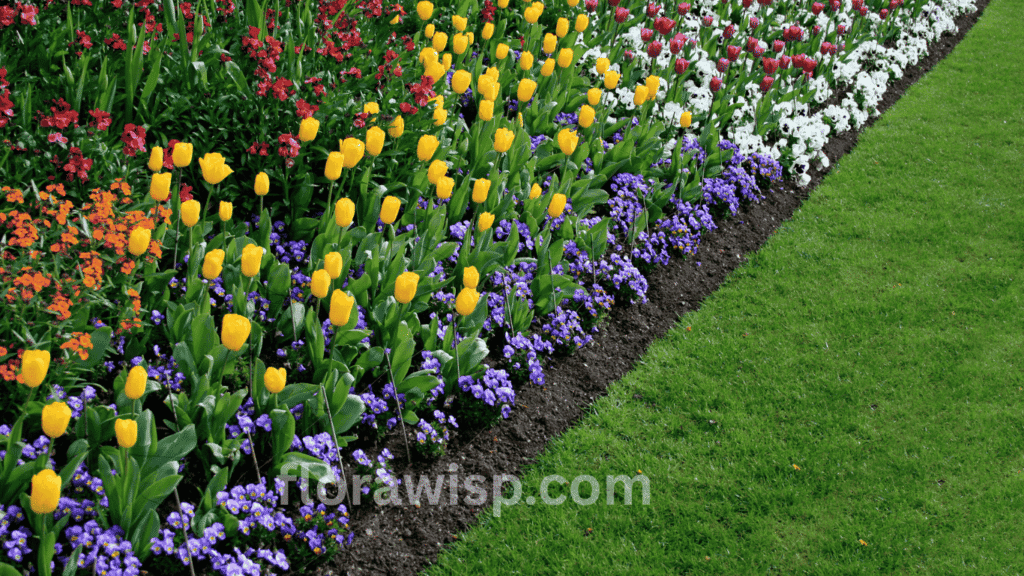Pink tulips are among the most cherished spring flowers, admired for their elegance, rich symbolism, and versatility in gardens, containers, and bouquets. They represent affection, gratitude, and grace perfect for both heartfelt gifts and vibrant garden displays.
Over the years, I’ve seen how the right variety, such as Pink Impression, pink parrot, or pink double tulips, combined with proper bulb selection, planting depth, and seasonal care, makes all the difference between a single blooming season and a reliable annual return. Planting pink tulip bulbs in fall (when soil cools below 55°F), ensuring well-drained soil with a pH of 6.0–7.0, and feeding with a low-nitrogen fertilizer in spring ensures tall stems, vivid petals, and extended flowering.
In design, pink tulips pair beautifully with white, yellow, or purple tulips for layered color borders, while containers and cutting gardens thrive with clever height and texture combinations. Indoors, pink tulips in a vase can last 5–9 days with proper conditioning, early-morning cutting, and cool water care. Whether you’re sourcing pink tulips near you, arranging pink tulip bouquets for weddings, troubleshooting issues like weak blooms, or simply exploring their meaning, every detail from bulb storage to bouquet styling adds to their lasting charm and success. For more seasonal planting insights, check out my detailed guide on When to Plant Tulip Bulbs.
In This Article
Pink Tulips Meaning & Symbolism
What do pink tulip mean? Over the years, I’ve seen pink tulip carry messages of love, gratitude, admiration, and healing more gracefully than almost any other bloom. Whether gifted in a vase or planted in a spring garden, their soft hues convey warmth and sincerity.
Light Pink Tulips vs. Hot Pink Tulips
From my experience arranging countless pink tulip flower bouquets, I’ve noticed that light pink tulips speak of gentleness, comfort, and compassion. I often use them in sympathy bouquets or to celebrate new beginnings because they bring a sense of calm and hope. On the other hand, hot pink tulips are vibrant and bold, symbolizing confidence and admiration ideal for birthdays, milestones, or heartfelt congratulations.
The Emotional Power of Pink Tulips
Unlike the intense romance associated with red roses, pink tulips reflect a more refined affection. They tell someone, “You are valued and appreciated,” without overwhelming the message. In my garden, I plant drifts of light pink and hot pink varieties together because the contrast feels like a visual story of serenity and celebration.
Whenever someone asks me what pink tulips mean, I remind them that they are not just flowers, they’re emotional bridges. Whether as a single pink tulip flower on a kitchen table or in a grand wedding arrangement, these blooms have the power to comfort, uplift, and connect hearts in every season.
Pink Tulip Varieties You’ll Love: From Peony to Parrot
When it comes to adding charm and depth to any garden, pink tulips are unmatched. Over years of planting and experimenting, I’ve discovered that choosing the right pink tulip varieties not only enhances color and texture but also improves bloom longevity and garden performance. Below, I’ll share the most beautiful cultivars I’ve grown, their unique traits, and why they deserve a spot in your garden.
Pink Impression Tulip
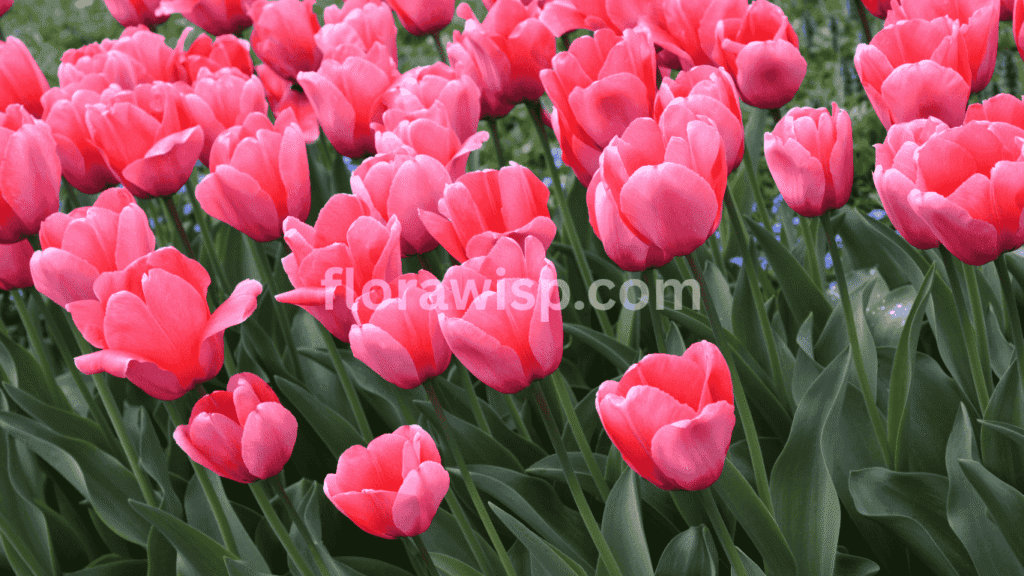
The Pink Impression tulip, part of the Darwin Hybrid group, is one of the strongest performers I’ve planted. These tulips stand tall (20–24 inches) with large, cup-shaped blooms in deep rosy-pink tones that seem to glow in sunlight. They are known for their exceptional perennial return, meaning they can bloom for several years with minimal replanting. In my own garden beds, I use Pink Impression tulips for bold spring borders and mass plantings because they photograph beautifully, ideal if you love capturing images of pink tulips.
Pink Double Tulips
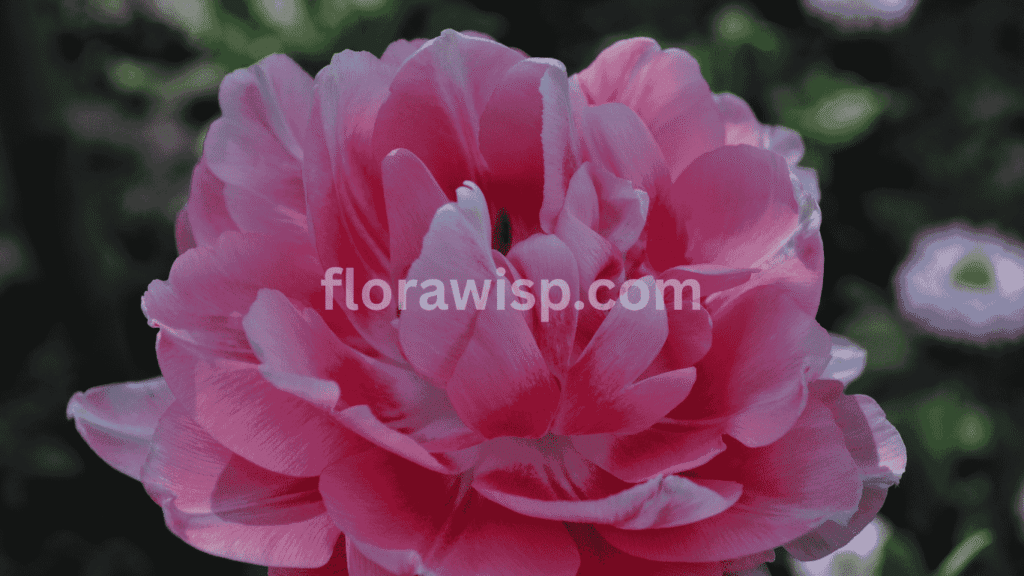
Often called pink peony tulips, pink double tulips are perfect for gardeners who want a lush, layered look without the high-maintenance care of peonies. Their densely packed petals resemble miniature peony blooms, and they last longer in vases compared to single tulips. I often cut these for spring arrangements because they hold up exceptionally well indoors. Their romantic appeal makes them a favorite for weddings and formal gardens.
Pink Parrot Tulip

If you want drama in your spring display, pink parrot tulips deliver it. With fringed, ruffled petals that look hand-painted, these tulips bring texture and movement to flower beds. They thrive when planted in mixed borders where their unique petal shapes can stand out. I’ve found them irresistible for close-up photography because each bloom looks like a living painting.
Tulip Pink Star
The Tulip Pink Star is a refined variety with soft pink petals and a classic shape. It’s ideal for smaller gardens or container planting because it’s both reliable and compact. I’ve used this variety to create simple but elegant patio displays, and its consistency in color makes it a great choice for pairing with white or purple tulips.
Color Pairing Magic
Pink and white tulips, pink yellow tulips, and pink and purple tulips offer endless possibilities for creative garden designs. For example, planting yellow and pink tulips together creates a bright, cheerful look that stands out in early spring light. My personal favorite combination is white tulips mixed with bold purples, creating a striking gradient that’s both calming and vibrant at the same time. These combinations also work wonderfully in cut-flower bouquets for a dynamic mix of colors.
Why These Pink Tulips Are Worth Planting
Each of these varieties brings something unique to the table. Pink Impression tulips offer longevity and height, pink double tulips add luxurious texture, and pink parrot tulips create a dramatic statement. Mixing colors like pink and white tulips or pink yellow tulips can transform a plain bed into a masterpiece that looks alive even from a distance.
In my experience, planting these varieties in clusters of at least 10–15 bulbs enhances their visual impact, especially during early morning and evening when the petals catch natural light. With proper care and thoughtful combinations, these pink tulips will not only brighten your spring garden but also provide long-lasting beauty for both your outdoor spaces and indoor arrangements.
Pink Tulip Bulbs: How to Choose, Plant, and Store
Selecting high-quality pink tulip bulbs is the key to growing strong, vibrant blooms that return year after year. Over time, I’ve learned that the size and quality of the bulb directly affect the height, color depth, and longevity of your flowers. Whenever I buy pink tulips, I always look for bulbs that are at least 12 cm or larger in circumference. Larger bulbs mean sturdier stems, fuller blooms, and a better chance of repeat flowering the following spring.
Choosing the Best Pink Tulip Bulbs
When searching for pink tulips for sale, I recommend buying from trusted bulb suppliers that clearly list bulb size, chilling requirements, and bloom time. During fall (September to November), the demand for pink tulip bulbs peaks, so it’s the perfect time to order premium stock. If you’re in warmer U.S. zones (8–10), pre-chill your bulbs in the refrigerator for about 10–12 weeks at 40–45°F to simulate winter conditions. This is something I’ve done for years to ensure a strong spring bloom.
How to Plant Pink Tulip Bulbs
For best results, plant bulbs 6–8 inches deep with the pointed side facing up, leaving 4–6 inches between each bulb. I’ve found that planting pink tulips in clusters or natural drifts (instead of straight rows) creates a fuller, more natural-looking display. In colder regions, plant as soon as soil temperatures drop below 55°F to ensure proper rooting before winter sets in.
Storing and Caring for Bulbs
After your pink tulip flowers fade, allow the leaves to yellow and die back naturally to replenish the bulb for the next season. If you need to lift and store the bulbs, keep them in a breathable paper bag in a cool, dry, and dark location. For those searching “pink tulips near me” or “pink tulips nearby,” local garden centers often carry regionally adapted bulbs that perform better than mass-produced options.
Pink Tulips Care Calendar (U.S. Zones)
Caring for pink tulips requires attention to soil quality, seasonal care, and post-bloom maintenance. Over the years, I’ve noticed that the most vibrant pink tulip flowers come from gardens where soil, water, and feeding schedules are balanced. Below is a seasonal care calendar I personally follow to keep my pink tulips blooming strong, whether in garden beds or as pink tulips in a vase.
Ideal Soil and pH
Pink tulips care begins with healthy soil. Tulips thrive in well-drained soil with a neutral to slightly acidic pH (6.0–7.0). I often mix in organic compost or horticultural grit where drainage is slow because excess moisture can quickly cause bulb rot and weaken the flowers.
Seasonal Care Calendar for Pink Tulips
| Season | Tasks | Expert Tips |
| Fall (Planting) | Plant pink tulip bulbs 6–8 inches deep; water once to settle the soil. | Add a light mulch layer to protect bulbs from winter fluctuations. |
| Winter | No watering in snowy regions. In warm zones, plant pre-chilled bulbs only when soil cools below 55°F. | Avoid planting too early in warm zones; bulbs need cool soil to root properly. |
| Spring | As leaves emerge, feed with a low-nitrogen fertilizer like 5-10-10. Deadhead pink tulip flowers once petals fall but keep foliage intact. | Foliage stores energy for next season and never cuts leaves too early. |
| Summer | Lift bulbs in wet or humid regions to prevent rot, or treat tulips as annuals and replant each fall. | Store bulbs in a cool, dry place in breathable bags. |
| Cut-Flower Care | For pink tulips in a vase, cut stems when buds show color but remain tight. Hydrate in cool water and trim every 2 days. | Keep flowers away from ripening fruit; ethylene gas reduces vase life. |
My Personal Growing Tips
I’ve found that consistent spring feeding and proper deadheading are the secrets to longer-lasting blooms. For bouquets, I always harvest pink tulips early in the morning when stems are firm and buds are just opening. With these pink tulips growing tips, you can enjoy lush, colorful displays both in your garden and indoors.
Pink Tulips in Design: Borders, Containers & Color Pairings
When it comes to garden design, pink tulips are unmatched for their elegance and versatility. Over my years of planting and arranging tulips, I’ve discovered that the right color pairings and placement can elevate any landscape or floral arrangement. Whether you’re creating a spring border, filling containers, or designing bouquets, pink tulips add charm, warmth, and a fresh seasonal appeal.
Designing Garden Borders with Pink Tulips
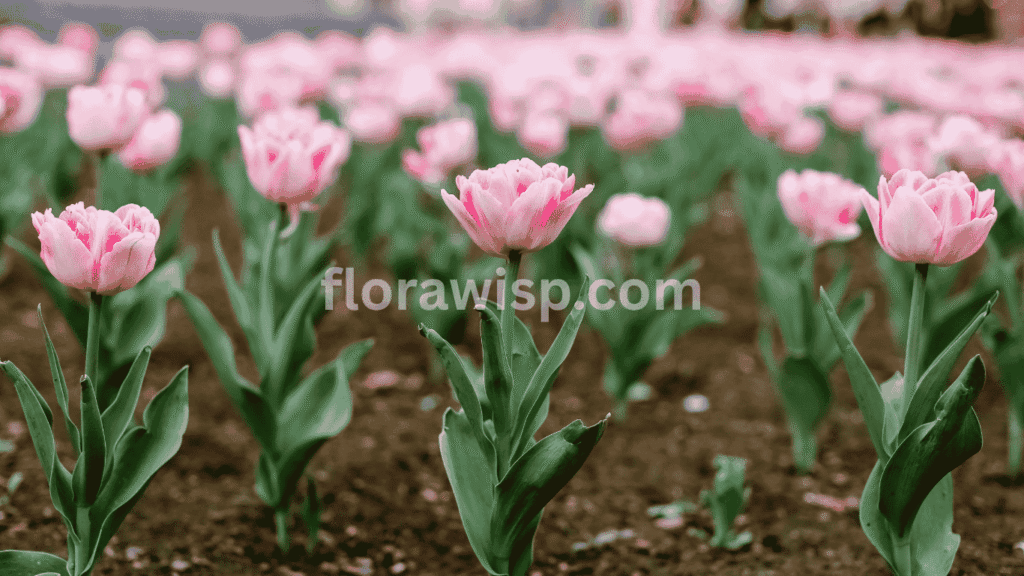
For garden borders, I prefer layering pink tulips with a mix of heights to create depth and dimension. Tall Darwin hybrids like Pink Impression are perfect for the back row, while mid-height Triumph tulips can fill the center. I often edge borders with low-growing perennials like creeping phlox or brunnera to soften the base and provide a lush backdrop.
Color pairing is essential in border design. Pink and white tulips bring a clean, timeless elegance, especially when planted in sweeping drifts. For a cheerful display, pink and yellow tulips glow beautifully under morning light, while purple and pink tulips deliver a striking, high-contrast look that feels rich and luxurious.
Container Combinations for Spring Charm
Pink tulips thrive in containers when mixed with foliage plants that highlight their vibrant petals. I like to combine pink and white tulips with trailing ivy or coral-toned heuchera, which adds texture and depth. For a crisp, structured look, I often pair pink and yellow tulips with neatly trimmed boxwood; it’s a classic combination that never fails to impress.
Bouquets and Cutting Gardens
When planning a cutting garden, I always design beds with bouquet arrangements in mind. Rows of pink roses and tulips bloom together beautifully, making it easy to create romantic spring bouquets. For a bouquet of pink tulips, I prefer using odd numbers of stems 5, 7, or 9 for visual balance. I mix in fillers like waxflower or seeded eucalyptus to give the arrangement an airy, natural touch.
If you’re looking for high-impact inspiration, search for pink white tulips combinations; they’re simple yet powerful, perfect for weddings or formal events.
Pink Tulips Bouquets & Delivery
A fresh pink tulips bouquet is all about timing and preparation. I always harvest early in the morning when the stems are firm and turgid. Choose buds that are fully colored but just starting to open. Remove any lower leaves, then place the tulips in cool, deep water for 2–3 hours before arranging. From experience, I’ve noticed that re-cutting stems every 48 hours and refreshing water helps pink tulips in a vase last 6–9 days.
Tips for Perfect Bouquets
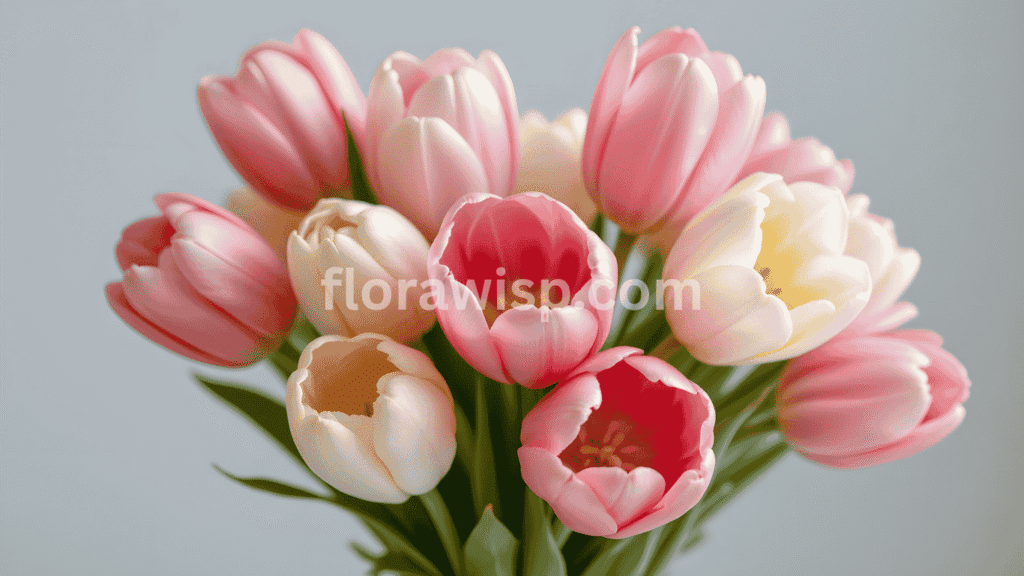
When creating a pink and white tulip bouquet, alternate petal shapes and tones for natural dimension. For textured arrangements, I layer single, double, and parrot tulips in one bouquet of pink tulips. This variety brings visual richness to the display.
Weddings and spring events often call for pink tulips bouquets paired with ranunculus and garden roses. This combination creates a lush, romantic statement that feels fresh and vibrant.
Choosing Delivery Options
For pink tulips delivery, I always ask florists if they pre-condition stems in a cooler, as this step adds an extra 1–2 days of vase life. Keep your tulips cool once they arrive; excessive heat will make them blow open too quickly, reducing their display time.
Pink Tulip Tree vs. Pink Tulips
Many gardeners, especially those new to landscaping, confuse pink tulips with the pink tulip tree. While both are showstoppers in spring, they are entirely different plants with distinct care needs, growth habits, and bloom cycles.
What Is a Pink Tulip Tree?
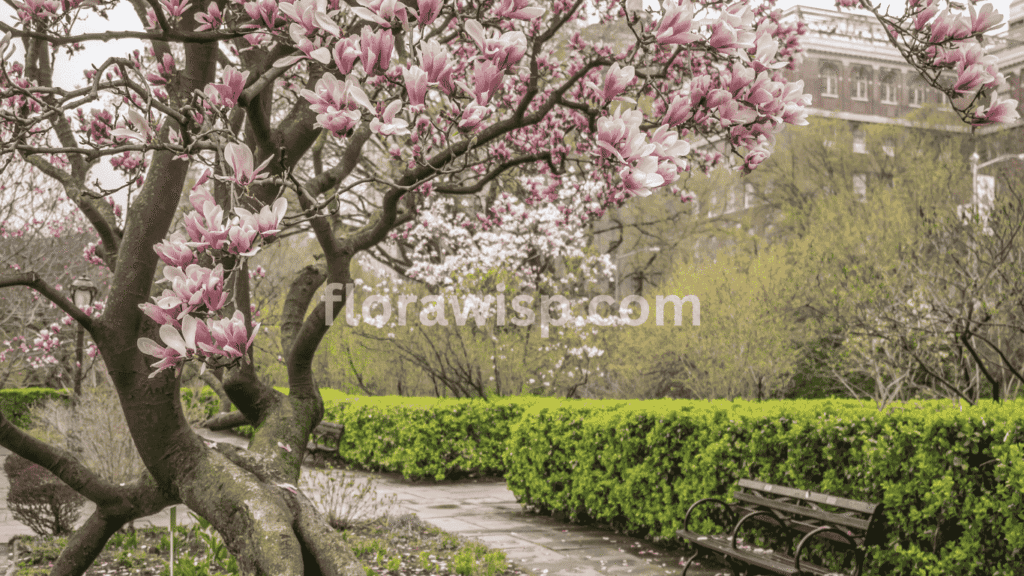
A pink tulip tree, often referring to Magnolia × soulangeana or Liriodendron tulipifera, is not a tulip at all. It’s a woody ornamental tree that produces tulip-shaped blooms or leaves. Unlike pink tulips, which grow from bulbs and bloom in early spring, a pink tulip tree requires several years to establish before it shows off its full floral display.
From my own experience, planting a pink tulip tree is an investment in the landscape. It needs a spacious area with full sun, well-draining but rich soil, and regular pruning during its early years to develop a strong structure. If you’re browsing “pink tulip tree for sale,” you’re shopping for a long-term ornamental tree, not a seasonal flower bulb.
Why Gardeners Get Confused
The confusion stems from the name and the tulip-like appearance of the blossoms. However, pink tulips are smaller, seasonal flowers that thrive in borders, containers, or cutting gardens, while a pink tulip tree can grow 20–40 feet tall and requires a permanent spot in the garden.
I often recommend planting both if you have the space for pink tulips for early-season color and a pink tulip tree as a spring focal point. Just remember: they demand completely different care, bloom schedules, and maintenance routines.
Troubleshooting Pink Tulips
Even experienced gardeners face challenges with pink tulips. Over the years, I’ve learned that these issues often come down to planting depth, soil quality, and climate conditions.
Weak Blooms or No Return
The most common cause of weak blooms or a lack of return is insufficient chilling during winter. Tulips need 12–14 weeks of cold temperatures to reset for the next season. In warmer USDA zones, I recommend pre-chilling pink tulip bulbs in a refrigerator for 10–12 weeks before planting. Shallow planting or heavy spring moisture can also hinder performance. In hot climates, I often treat tulips as annuals or rely on sturdy hybrids like the Pink Impression tulip, which has a better perennial return.
Short Stems
If your pink tulip flower stems are shorter than expected, it’s likely due to low light, early cutting, or excess nitrogen fertilizer. I always plant bulbs at least 6–8 inches deep and avoid high-nitrogen feeds, which encourage leaf growth at the expense of stem strength.
Rot, Disease, and Color Fade
Poor drainage is the biggest enemy of pink tulips. Soggy soil causes bulbs to rot before they even bloom. I recommend amending the soil with sand or compost to improve drainage or planting in raised beds. If your tulips appear faded or dull, it may be due to aging bulbs. Replacing bulbs every 2–3 years ensures vibrant, saturated color.
When gardeners ask about pink tulips symbolism while dealing with underperforming beds, I jokingly tell them, “The real meaning here is: your soil is telling you it needs better drainage.” Fix the site first, and your pink tulips will thrive with the grace and beauty they’re known for.
Where to Buy Pink Tulips
Finding the best pink tulips whether as bulbs for planting or fresh stems for bouquets comes down to timing, quality, and reliable sources. Over the years, I’ve learned that planning early not only secures the healthiest pink tulip bulbs but also ensures you get the exact shades and varieties you want.
Best Time to Buy Pink Tulip Bulbs
For gardeners, the ideal time to buy pink tulip in bulb form is from late summer to early fall (August–November). Specialty bulb suppliers often provide accurate details about bulb size, blooming height, and cultivar type. Larger bulbs (12+ cm) produce stronger stems and fuller flowers, making them worth the investment. I often pre-order my bulbs in late summer because the most popular varieties sell out fast.
Finding Pink Tulips Near You
If you’re searching for “pink tulips near me” or “pink tulips nearby,” check independent garden centers or local nurseries. They usually stock premium bulbs around October–November and fresh stems during peak bloom months (March–May). I prefer buying locally whenever possible because it reduces transport stress on the flowers and ensures regionally adapted bulbs.
Online Stores & Pink Tulips Delivery
For events, gifting, or special occasions, pink tulips delivery from trusted online florists is a great option. Many online vendors ship freshly cut stems at their peak stage of freshness. If you’re ordering for a wedding or celebration, schedule delivery 1–2 days before the event to ensure your pink tulips bouquet is at its prime.
Wholesalers & Large Orders
If you’re landscaping or planting large garden beds, bulk purchases are often cheaper. I usually pre-order from wholesale suppliers by late summer, ensuring I get a mix of early, mid, and late-blooming cultivars for a continuous display.
Pink Tulips: Garden Beds, Containers & Bouquets
One of my favorite parts of working with pink tulips is their versatility in both gardens and floral designs. I keep a folder of images of pink tulips grouped by pastel tones, deep pinks, and vibrant hot pinks to plan planting schemes and bouquets without worrying about color clashes.
Garden Bed Inspiration
For garden beds, I love pairing pink and white tulips for a crisp, elegant look, especially when photographed at sunrise or sunset. Pink and yellow tulips bring a cheerful, warm contrast, and they stand out beautifully under cloudy skies.
Containers & Small Spaces
In containers, mixing various shades of pink tulips flowers with trailing ivy or seasonal perennials creates a soft yet striking visual. Layering bulbs of different blooming times ensures that your pots stay colorful for weeks.
Bouquets & Floral Styling
When designing a pink tulips bouquet, I use tulips with varying heights and petal shapes. Tulips continue to grow in a vase, creating graceful, natural arcs that add movement to arrangements. Adding fillers like waxflowers or eucalyptus enhances the texture and depth of a simple tulip arrangement.
FAQs
Q. What do pink tulips mean?
Pink tulips symbolize affection, grace, and admiration. I often use light pink tulips in sympathy or recovery arrangements because they convey comfort and healing, while hot pink tulips express vibrant joy perfect for birthdays or congratulations. Floristry studies show that pink tulips are frequently chosen for thank-you gifts and milestone events where warmth and gratitude matter more than romantic overtones. Their gentle symbolism makes them a versatile choice for every season.
Q. When should I plant pink tulip bulbs in the U.S.?
Plant pink tulip bulbs in fall when soil temperatures drop below 55°F. For most states, this is between October and November. In warm zones (USDA 8–10), pre-chill bulbs in a refrigerator for 10–12 weeks before planting. I personally plant bulbs 6–8 inches deep and 4–6 inches apart to encourage tall stems and vibrant blooms. Timely planting ensures proper root development before winter frost.
Q. How long do pink tulips last in a vase?
Pink tulips last 5–9 days in a vase with proper care. To maximize longevity, I cut stems early in the morning when buds show color but remain tight. I re-trim every 48 hours and replace the water frequently. Doubling or parrot varieties often outlast single tulip forms by 1–2 days. Keeping tulips away from fruit, which emits ethylene gas, helps prevent premature petal drop.
Q. Will pink tulips come back every year?
Pink tulips can return annually, but success depends on climate and care. In colder zones with well-drained soil and dry summers, I’ve seen varieties like Pink Impression naturalize well over the years. However, in warmer or wetter zones, I treat tulips as annuals for consistent blooms, replanting each fall. Choosing high-quality bulbs and proper post-bloom care greatly increases the chances of perennial returns.
Q. Where can I buy pink tulips near me or online?
Pink tulips are available at garden centers in fall for bulbs and spring for fresh cuts. I usually order from reputable bulb houses to ensure true cultivar quality. Online florists offer reliable pink tulip delivery, ideal for events or gifts. Searching “pink tulips near me” or “pink tulips delivery” often brings up local seasonal options. For large projects, pre-ordering in late summer is the best way to secure premium stock.
Conclusion
Pink tulips combine meaning, elegance, and versatility from pink tulip bulbs in fall beds to pink tulips bouquet gifts in spring. Choose the right cultivars, plant at the correct depth and timing, and manage drainage for reliable color. Whether you’re drawn to symbolism or simply love the glow of pink tulips, these flowers reward thoughtful gardeners with unforgettable blooms year after year. For a striking contrast, pair them with the dramatic beauty of black tulips to create an eye-catching spring display.
References
Cornell University – Flower Bulb Research Program
Dutch Grown – Pink Tulip Bulbs
Gardener, M.Sc. Horticulture
Elara Bennet is a gardening writer from Austin, TX, passionate about sustainable lawns and blooms. Read full bio →

